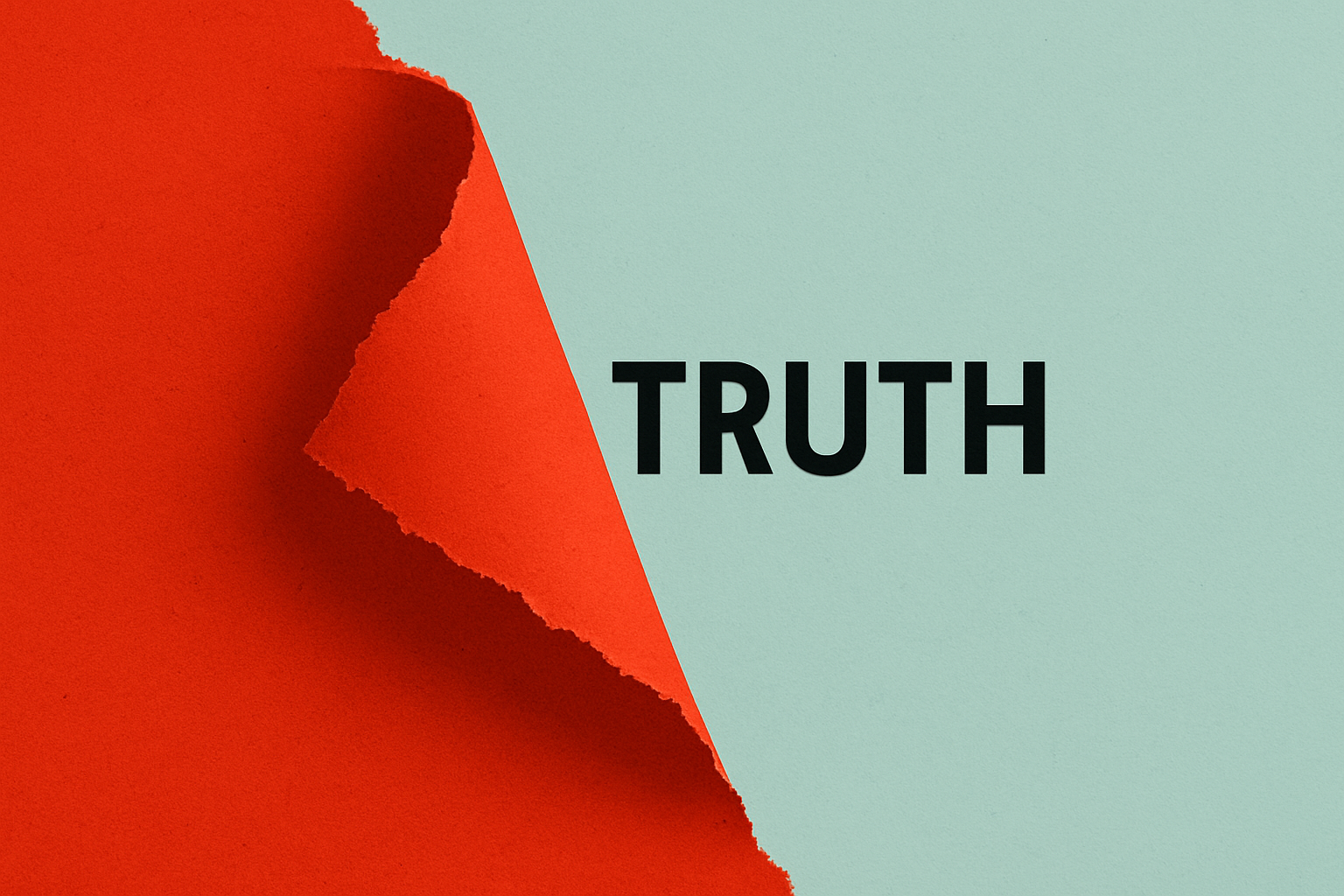Why honesty drives loyalty, trust, and long-term differentiation in modern brand strategy
Transparency in branding builds trust, loyalty, and long-term differentiation—when it’s practiced consistently and communicated clearly. In today’s landscape, where consumers investigate green claims and challenge corporate values, honest branding isn’t optional—it’s essential.
While some brands fear revealing too much, the bigger risk is coming off as inauthentic or evasive. Openness, however, rewards brands in terms of transparency.
Why Transparency in Branding Still Matters
Transparency builds trust, but only when it’s embedded into the DNA of the brand—not applied like a sticker. According to a 2021 Ipsos study, 72% of consumers say they only buy from companies they trust. That trust is earned through consistent actions and open communication.
Effective transparency isn’t about perfection. It’s about being clear about your processes, values, and decisions—especially when they evolve, showcasing true brand transparency.
What Brand Transparency Looks Like
Practicing transparency in branding doesn’t mean overexposure. It means clarity in areas that affect credibility and consumer choice:
- Product claims: Are they specific, verifiable, and honest?
- Sourcing: Can customers trace your materials or labor practices?
- Pricing: Is your cost structure explained or hidden?
- Brand values: Do internal decisions reflect external statements, providing transparency?
Let’s explore a few brands getting this right—and why it matters.
Five Brands That Get It Right
- Everlane: Radical Pricing Clarity Everlane breaks down each product’s true cost—from materials to labor to transport. It’s not just ethical—it’s strategic transparency in action.
- Patagonia: Accountability Over Perfection Known for inviting customers to repair rather than repurchase, Patagonia shares both wins and struggles in environmental stewardship—building credibility through transparency.
- Glossier: Built with Its Community The brand sources feedback directly from its users and publishes product development updates. It treats transparency as co-creation, not just messaging.
- Lush Cosmetics: Ethics on Display Ingredient transparency and ethical sourcing practices are embedded in Lush’s packaging and store design. Their decision to step away from certain social media platforms was also made public—with reasons.
- Thinx: Public Course Correction After facing backlash over product claims, Thinx adjusted its manufacturing, published lab testing, and communicated the entire journey. That’s responsible transparency in branding.
When Fake Transparency Backfires
Performative transparency doesn’t just fail—it creates backlash.
- H&M’s Conscious Collection was accused of greenwashing, with vague eco-claims and little verifiable proof.
- Pepsi’s Kendall Jenner campaign attempted to borrow protest culture aesthetics, but lacked any authentic value alignment.
- Meta (formerly Facebook) continues to suffer credibility issues around privacy and misinformation—despite regular attempts at rebranding with openness.
This isn’t about cancel culture—it’s about clarity. Audiences today are savvier than ever, and they understand the importance of transparency in branding.
Transparent Branding Through Design
Design is one of the most underutilized tools for brand transparency. A customer’s first experience with your product or service is often visual and structural—not verbal.
- Packaging: Are claims front-and-center, or buried in tiny print?
- Website UX: Are policies and costs clear, or hidden in footnotes?
- Customer support: Is your language human, or cold and evasive?
Good design supports open brand communication. It strips away ambiguity and replaces it with clarity. That’s why transparency in branding should be a UX goal—not just a marketing one.
For more, see our post on minimalist design principles.
Resilient Brands Show Their Work
The most future-proof brands aren’t flawless. They’re honest. They grow in public, invite accountability, and bring their audiences along for the journey. This approach to transparency in branding often leads to stronger customer retention and cultural relevance.
You don’t need to livestream your board meetings—but you do need to build systems and stories that show how and why you do what you do.
Curious how this applies to your brand? Let’s talk


